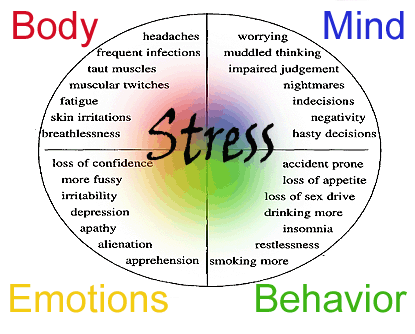
If you think you might be having a stroke, don’t hesitate. get to the hospital.
That’s the message from Dr. Hemant Pandey, director of the new stroke program at Chandler Regional Medical Center.
A patient who arrives at Chandler Regional with stroke symptoms will be seen by an ER physician within 10 minutes.
A CT scan will be read within 25 minutes, and, if doctors decide clot-buster drugs are needed, the patient will get them within an hour.
“These are strict guidelines,” Pandey said. “This changes the outcome significantly in the patient.”
Stroke symptoms include the abrupt onset of slurred speech or other difficulty talking, difficulty with balance, inability to lift an arm or a leg or loss of sensation in an arm or a leg.
In a stroke, a small clot appears in a blood vessel, preventing blood flow to that part of the brain.
A clot buster, called tPA or tissue plasminogen activator, “acts like Drano,” Pandey said. it dissolves the clot and opens the blood supply to that part of the brain.
“Timing is so critical because if they wait six or eight hours, part of the tissue cannot be saved,” Pandey said.
“If a patient goes to a hospital that’s stroke certified, they have a higher chance of getting clot-buster medication,” he said.
The hospital, which adopted the new faster-acting stroke-treatment plan in September, has a team of physicians trained and certified in stroke management.
“The entire care becomes very aggressive and very urgent,” he said. “We were doing it before, but not in a manner as cohesive and efficient as now.”
Since Sept. 7 when the formal program began, the hospital has had about 214 patients with acute neurological symptoms, and 25 received clot busters.
Nationally, such patients who receive clot busters are 2.5 percent.
Pandey speculates that patients receiving clot busters in Chandler are higher because the hospital sees a population that’s older, including residents of Sun Lakes, and that perhaps Chandler’s patients are more educated and know to arrive quickly after symptoms appear.
Clot busters do come with a slight risk of causing bleeding, but if they are given within the first hour of symptoms, there’s less chance of bleeding than if they’re administered in the third or fourth hour, the physician said.
“We had only one patient bleeding, so we are at 0.04percent,” the doctor said. “We believe it’s because we follow the protocols to the ‘T’ and do not deviate.”
He said the hospital is still getting a lot of patients arriving later than 4? hours after symptoms begin.
“We want them to come earlier so they can be a candidate for a clot buster,” he said.
“We would like the community to know if you recognize the symptoms, don’t wait. Come to the hospital.”
Staff from the Chicago-based Joint Commission, an accrediting agency, are visiting Chandler Regional this month, and Pandey expects the visit will result in the hospital’s stroke program being certified by the Joint Commission.
Chandler Regional is partnered with Barrow Neurological Institute in Phoenix, so if Chandler receives a patient late, such as six or eight hours after the onset of symptoms and doctors feel the person is not a candidate for clot busters, the patient is sent to Barrow, which can perform other procedures.